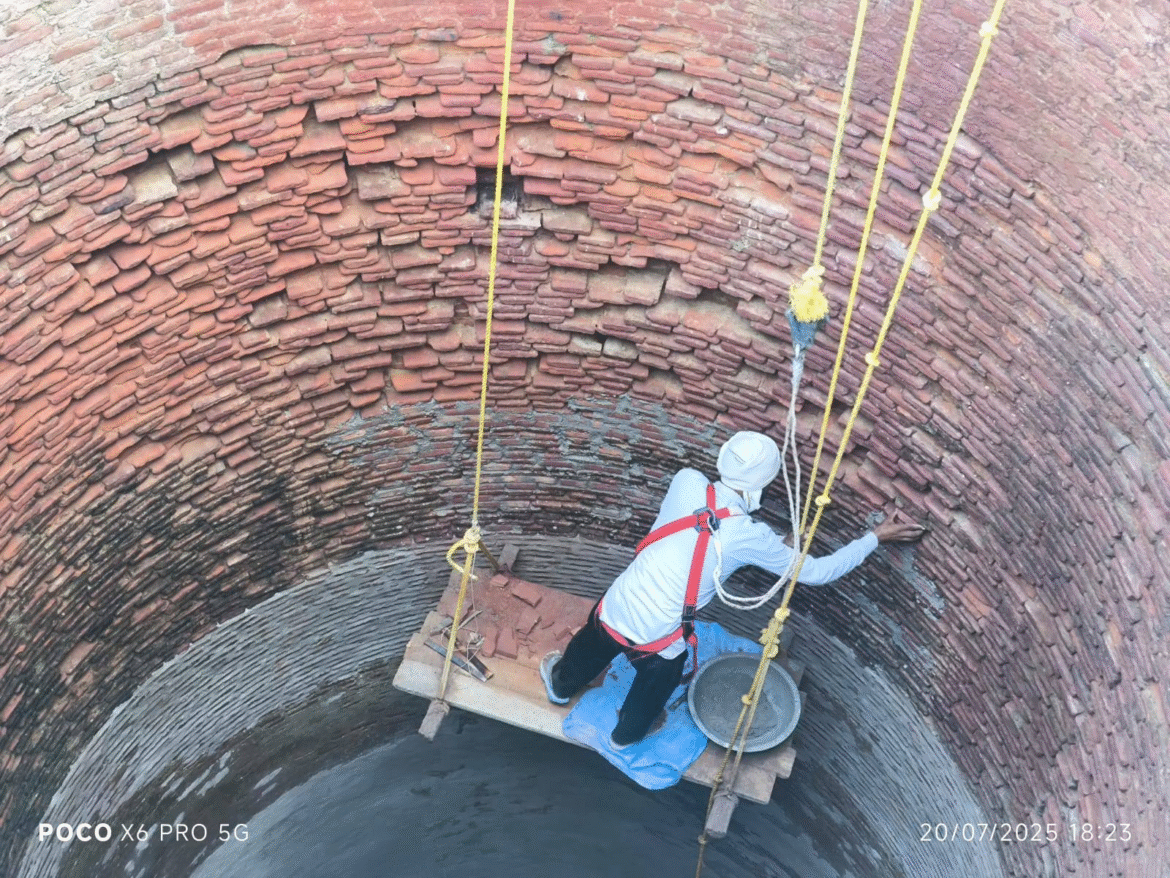AI Generated Summary
- As Punjab continues to balance tradition with modernity, Dhun Dhia’s tribute to Naik Lal Singh ensures that the story of Saragarhi is not confined to history books but remains a living, breathing legacy — one that continues to inspire courage and devotion in the generations that follow.
- The epic clash, often hailed as one of the greatest last stands in the annals of warfare, saw a handful of men from the 36th Sikh Regiment of the British Indian Army (now 4 Sikh) resist an onslaught of 10,000 Afghan tribesmen.
- He added that INTACH has preserved a stone fragment from the Saragarhi fort at the site and plans to establish a museum to narrate the story of the battle.
In the quiet village of Dhun Dhia, pride runs deep in the soil. This otherwise unassuming settlement holds a distinguished place in military history as the birthplace of Naik Lal Singh, one of the 21 Sikh soldiers who fought to the death during the legendary Battle of Saragarhi on September 12, 1897.
The epic clash, often hailed as one of the greatest last stands in the annals of warfare, saw a handful of men from the 36th Sikh Regiment of the British Indian Army (now 4 Sikh) resist an onslaught of 10,000 Afghan tribesmen. Among them, Lal Singh, serving as second-in-command at the Saragarhi post, chose honour over survival, inspiring generations with his sacrifice.
A Ceremony of Pride and Remembrance
To commemorate Lal Singh’s martyrdom, INTACH Punjab organised a solemn yet celebratory ceremony at his ancestral village on Sunday. Troops from the Grenadiers’ Regiment presented a guard of honour, while villagers gathered to pay respects to their fallen hero.
“Punjab’s villages have long been the cradle of warriors, nurtured by Sikh teachings and Punjabi culture. Naik Lal Singh’s story is both an individual act of courage and a reflection of Punjab’s enduring martial tradition,” said Maj Gen Balwinder Singh (Retd), Convenor of INTACH Punjab.
Maj Gen RS Manral, the chief guest, echoed this sentiment, urging Punjab’s youth to draw inspiration from their forebears and join the armed forces. “Punjab’s contribution to the nation’s defence cannot be forgotten,” he declared.
Preserving Heritage for Future Generations
Beyond remembrance, INTACH Punjab is spearheading efforts to transform Dhun Dhia into a hub of military and border tourism. Central to this initiative is the restoration of heritage landmarks tied to Lal Singh’s memory.
“The Heritage Well, believed to have belonged to Lal Singh’s family, had fallen into disrepair. We have now restored it to its original form,” said Maj Gen Balwinder Singh. He added that INTACH has preserved a stone fragment from the Saragarhi fort at the site and plans to establish a museum to narrate the story of the battle. Excavated earthen buckets, dating back to the pre-British era, will also be displayed.
A Village Shaped by Valour
For the people of Dhun Dhia, Lal Singh is more than a historical figure — he is family, a son who bestowed eternal honour on the village. His story has been carefully passed down through generations, woven into local memory as a testament to resilience and bravery.
Once known primarily for its fields, the village now stands as a living monument to sacrifice and courage. “For us, Lal Singh is not just history. He is our identity,” said one elderly villager, his eyes glistening with pride.
As Punjab continues to balance tradition with modernity, Dhun Dhia’s tribute to Naik Lal Singh ensures that the story of Saragarhi is not confined to history books but remains a living, breathing legacy — one that continues to inspire courage and devotion in the generations that follow.




